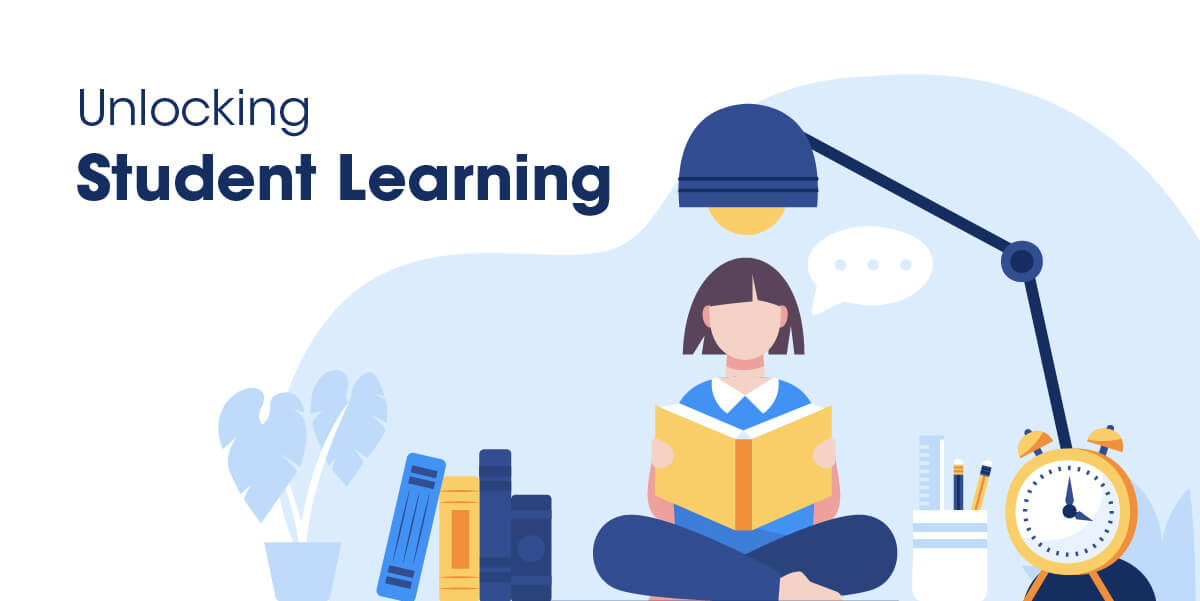For schools in the US, the year of the pandemic had been a challenging one. The pandemic was a battering ram for education in the United States, causing months of school closures, sudden switches to remote learning, trauma and isolation for the learners. Students missed out on crucial learning and growth opportunities. The average American student wasted many months of study. Long before the pandemic interrupted learning for billion kids and permanently implanted technology for learning in schools all over the world, it was evident that educational institutions needed to be revamped. Thanks to the pandemic, student learning has undergone a paradigm shift. It is not just about a teacher spreading knowledge and information in the classroom to students who have limited knowledge to it. With the advancements in technology for learning, there no longer exists a scarcity of information available. In the digital age, information is available in abundance. Diversity and innovation are essential in the knowledge – based economy. The traditional classroom based learning has made way for hybrid learning models and personalized learning.
The role of a teacher in the digital age has been redefined
- Teachers’ roles have evolved and continue to evolve from that of an instructor to that of a facilitator, coach, and developer of learning environments.
- Teachers are now expected to act as facilitators, assisting students in making decisions regarding the accuracy and reliability of new information.
- Teachers may use technology for learning to make it more enjoyable and engaging for the learners.
- To correctly portray what is taught in class, many situations might be constructed.
- Through the use of technology for student learning, learners may readily obtain a comprehensive image of how their courses are applied in everyday life. This promotes classroom engagement and information retention.
- Teachers can reach out to learners who are unable to travel by utilizing technological improvements.
- Online resources can be utilized to complete homework and inspire group conversations.
- In a virtual learning environment, this encourages teamwork and collaboration among students and teachers.
Personalized learning
- Every student has varying degrees of intellectual capabilities and aptitude for various disciplines, and hence has diverse learning requirements.
- Technology eliminates the practical issue of developing customized courses for each learner.
- As a result, personalized learning methods tailored to students’ individual training needs are possible.
- A use of a well-designed system can assess each student’s response to instruction and customize the teaching to meet the student’s specific needs.
- Digital learning is transforming the educational landscape.
- Teachers can provide personalized learning to fit the requirements of each individual student.
- Technology for learning can help instructors by providing appropriate pedagogical solutions and high-quality resources that are tailored to the requirements of their students.
Gamification for student learning
- Gamification makes learning more exciting, which is why it has become a preferred choice for student learning.
- Gamification technologies help students learn new concepts and ideas in a fun and engaging way by awarding points and rewards for each level accomplished.
- Gamification facilitates student learning by creating immersive experiences.
- Gamification is based on the notion that the gamer’s (student’s) involvement should be transmitted to the instructional context. This would inevitably affect student behavior while also enhancing student learning.
Visuals help students grasp the content better
- Technology makes and delivers video lessons.
- The curriculum offered through educational videos by the best teachers with graphics relevant to subject matter assists students in better grasping fundamentals.
- It also relieves instructors of the burden of teaching.
- However, classroom teachers may make it more successful by addressing the key insights from these video sessions and answering questions that arise in the minds of students.
- As an effective way of lesson delivery, videos and images are used.
- Merely teaching a topic isn’t going to be interesting or engaging for students.
- The use of technology in the classroom help students better comprehend a certain topic.
- Visuals give another layer to human cognitive thinking, unlocking enormous possibilities for growth.
Assist in the exploration of novel approaches
- Technology for learning can assist instructors in developing innovative ways that were previously unattainable or impossible.
- Instructors, for example, may now use technology to deliver precise instructions, take daily observations of student progress, and interact with other teachers and subject experts for aid while improving teaching.
- Furthermore, technology for learning may supplement existing teaching techniques such as project-based, immersive, research, and flexible learning techniques.
AI in classroom
- Many schools in the US and around the world are using AI in classroom to enhance student learning. AI advancements are providing teachers with a greater knowledge of how their pupils learn, allowing them to tailor the curriculum accordingly.
- AI can detect patterns in which a high number of students answer incorrectly to the same questions. AI can help instructors become more effective by alerting them to these tendencies.
- AI may learn about students’ tendencies and recommend the most productive study plan for them by applying predictive computing.
- AI in classroom can aid boost retention while also making learning enjoyable.
- AI can not only assist professors and students in creating courses that are tailored to their specific requirements, but it can also offer feedback to both on the overall performance of the course.
The use of technology in the classroom provides a lot of freedom in learning and interacting, but when utilized wisely, it may unleash new methods to tap into kids’ latent potential. Technology has the power and potential to assist a learner grow into a better person.

